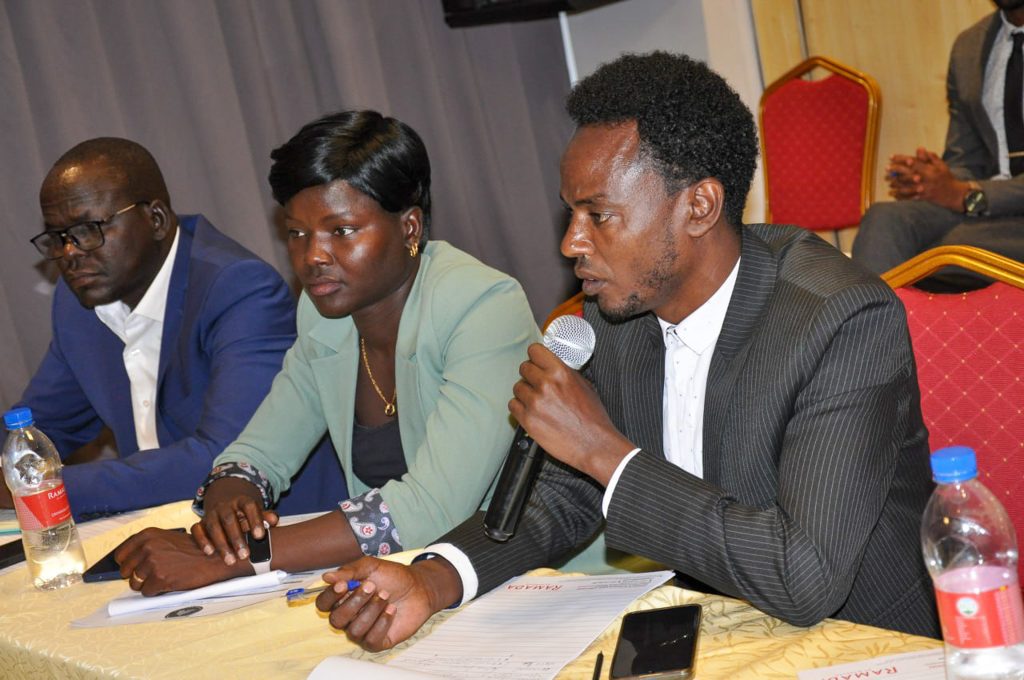The National Bank of Ethiopia (NBE) recently held a consultation forum with financial inclusion councils and task force members from the Gambelia, Somali, and Oromia regions to discuss the implementation framework for expanding financial inclusion. This initiative will be extended to other regions according to the NBE’s schedule.
The new Regional Financial Inclusion implementation framework, developed from the National Financial Inclusion Strategy-II (2021-2025), aims to address the shortcomings of the first strategy and reduce regional and gender disparities in financial access.
Marita Hailemariam, advisor to the Vice Governor of Financial Institution Supervision, emphasized that the National Financial Inclusion Strategy-II targets the most underserved sectors and aims to increase Ethiopia’s financial inclusion rate to 70% by 2025. The strategy includes 11 core programs focusing on digital finance, women’s financial access, low finance access, and sharia-compliant services.
Currently, Ethiopia’s financial inclusion level stands at 46%, significantly lower than Kenya (83%), Rwanda (77%), and the Sub-Saharan average (55%). The disparity in financial inclusion within Ethiopia ranges from 6% in the Somali region to 75% in Addis Ababa, with a gender gap of 19 percentage points.
The consultation highlighted the responsibility of regional councils and task forces to improve financial access and develop region-specific financial products and services. The successful implementation of the National Financial Education Strategy (2021-2025), National Digital Payment Strategy (2021-2024), and Movable Property Security Right is crucial for achieving the 70% inclusion target.
Building enabling infrastructure is also key to ensuring the success of the financial inclusion strategy. The forum included presentations on the regional financial inclusion framework, the National Financial Inclusion Strategy-II, the National Financial Education Strategy, and the Movable Property Security Right.










